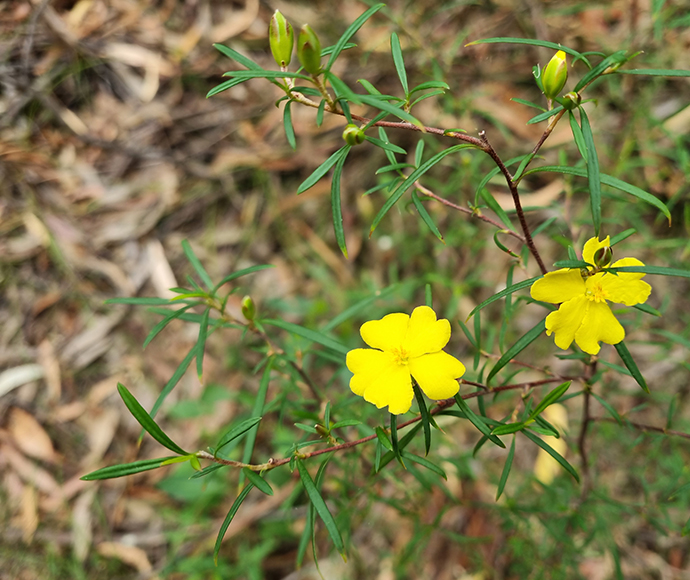Soil information for Saving our Species plant translocations
The Soil and Landscape Assessment Team has collaborated with department scientists to provide soil and landscape information to support Saving our Species plant translocations.
Collaboration to secure the future of New South Wales's unique plants and animals
Saving our Species is the NSW flagship threatened species conservation program. This collaborative project involves department Threatened Species Officers, local government, the Royal Botanic Garden, Australian Botanic Garden, volunteers, scientists, businesses and community groups working together to secure the future of Australia's unique plants and animals.
The Soil and Landscape Assessment Team assists in translocation decision-making by assessing soil and land characteristics for individual species translocation. The team uses the best soil mapping available in eSPADE which is refined with satellite and remote sensing imagery, soil profile description and laboratory analysis.
Incorporating soil and land data into decision-making for determining translocation sites will ensure the best chance for threatened plant species to thrive in their new locations.

Hibbertia Bankstown
Hibbertia Bankstown sp. (Hibbertia puberula subsp. glabrescens) is listed as a critically endangered species with only one known location. Less than 100 plants occur on unique, deep, sandy soils on a recent (Neogene) alluvial terrace at Bankstown Airport. The Soil and Landscape Assessment Team's soil investigations into Hibbertia Bankstown began in 2017. Using LiDAR and soil landscape information available on eSPADE, the team helped to locate 2 new sites, resulting in the successful translocation of 300 plants. Sadly, one of the populations with 250 plants perished in the 2019-20 bushfires. Further investigation in 2020 established 3 additional translocation sites, and work is ongoing.

Other projects the Soils team are working on
Investigations have also begun into Julian's Hibbertia (Hibbertia spanantha) and Seaforth mintbush (Prostanthera marifolia) in Sydney's northern suburbs, both critically endangered plant species.
Most recently, the Soil and Landscape Assessment Team have been working with Penrith City Council to determine soil conditions for existing nodding geebung (Persoonia nutans) populations. The seeds of this beautiful shrub of the Cumberland Plains are thought to have been spread by emus.

Insurance for the future of threatened species
Our Saving our Species conservation program is one of the biggest conservation commitments ever undertaken in New South Wales.
Soil and land information provides critical science that underpins threatened species conservation.
'I love [being involved in] this project because it's great to see the areas we have identified as being perfect soils for translocations and to see the plants thriving.'
– Linda Henderson, Scientist, Soil and Landscape Assessment Team
Increasing population numbers and geographic extent for threatened plant species is insurance against future loss due to environmental events, such as disease, extreme weather conditions and bushfires.

